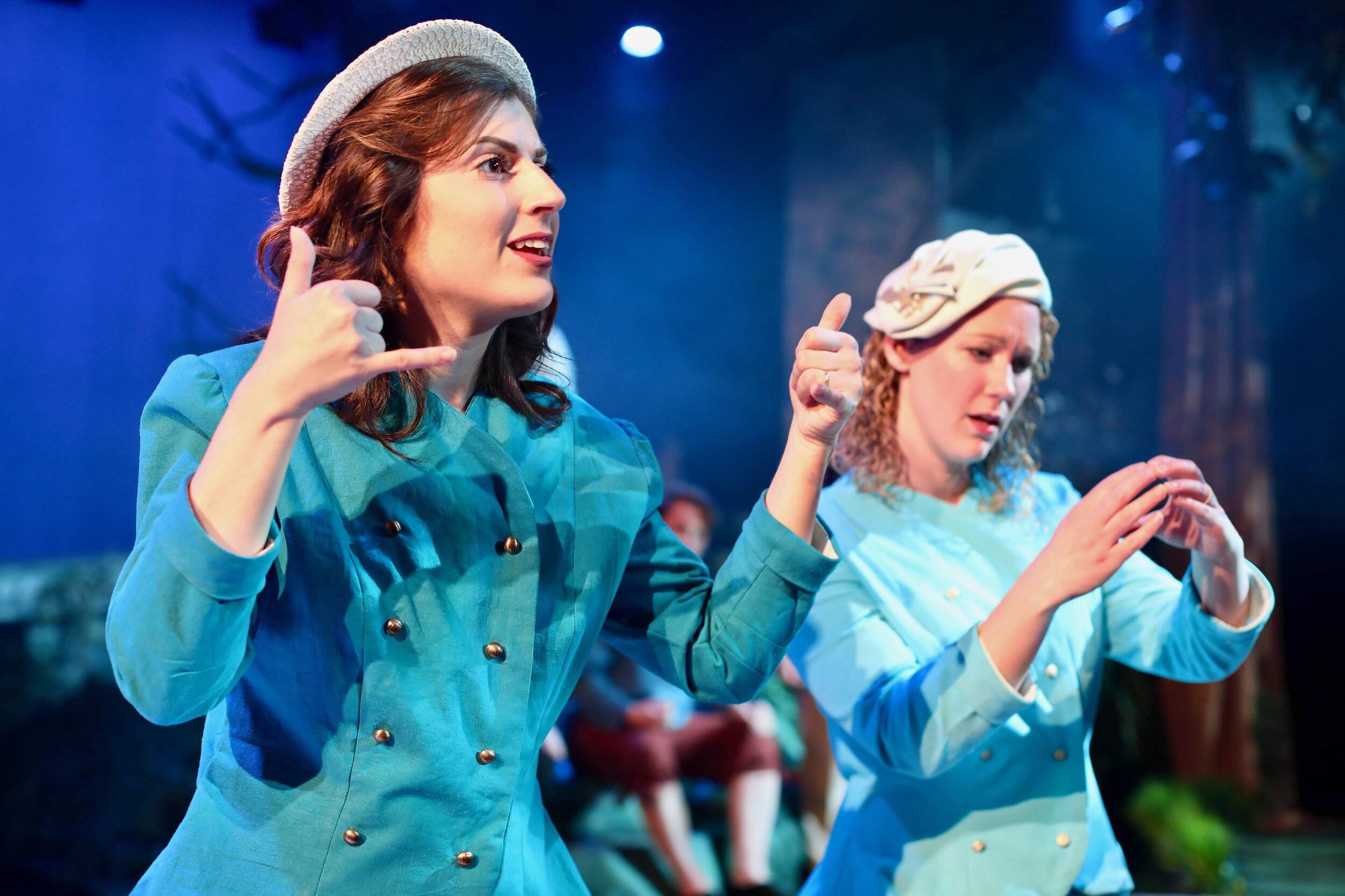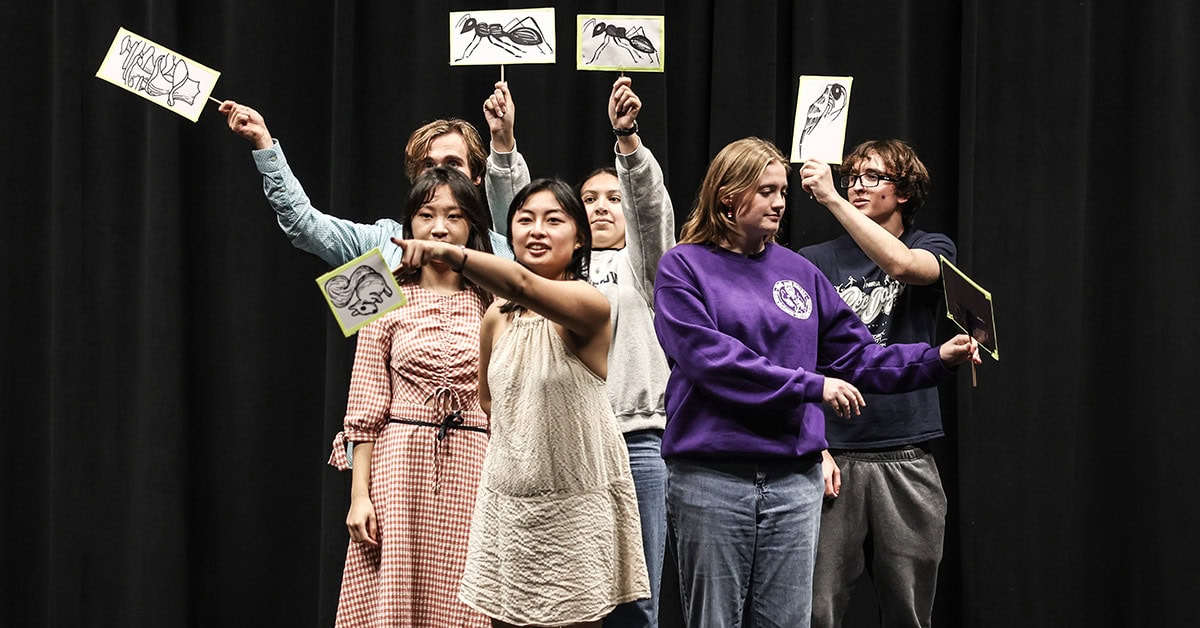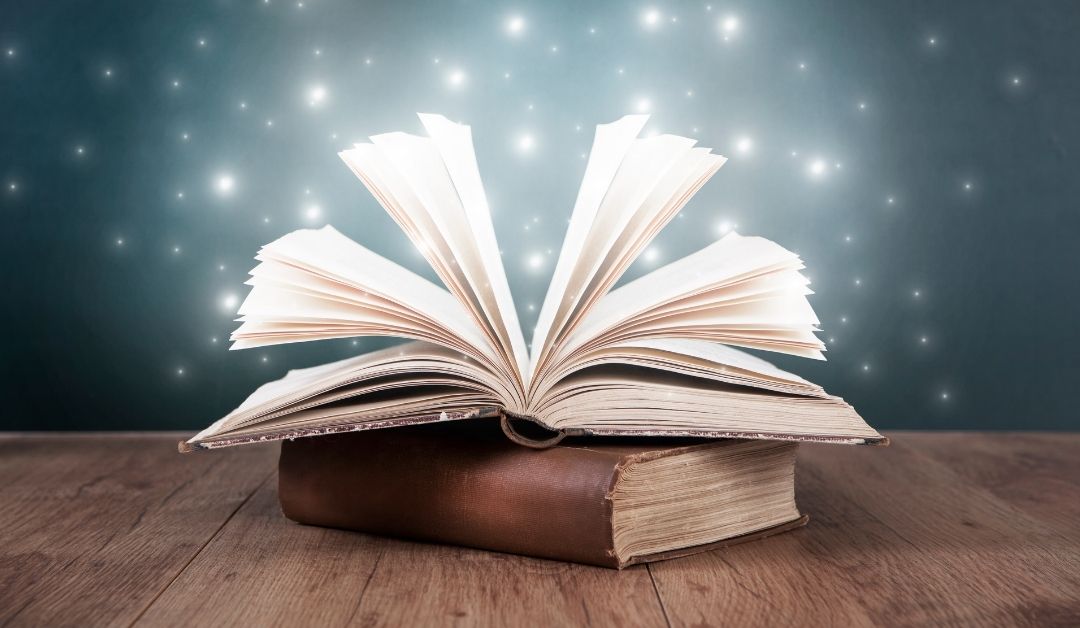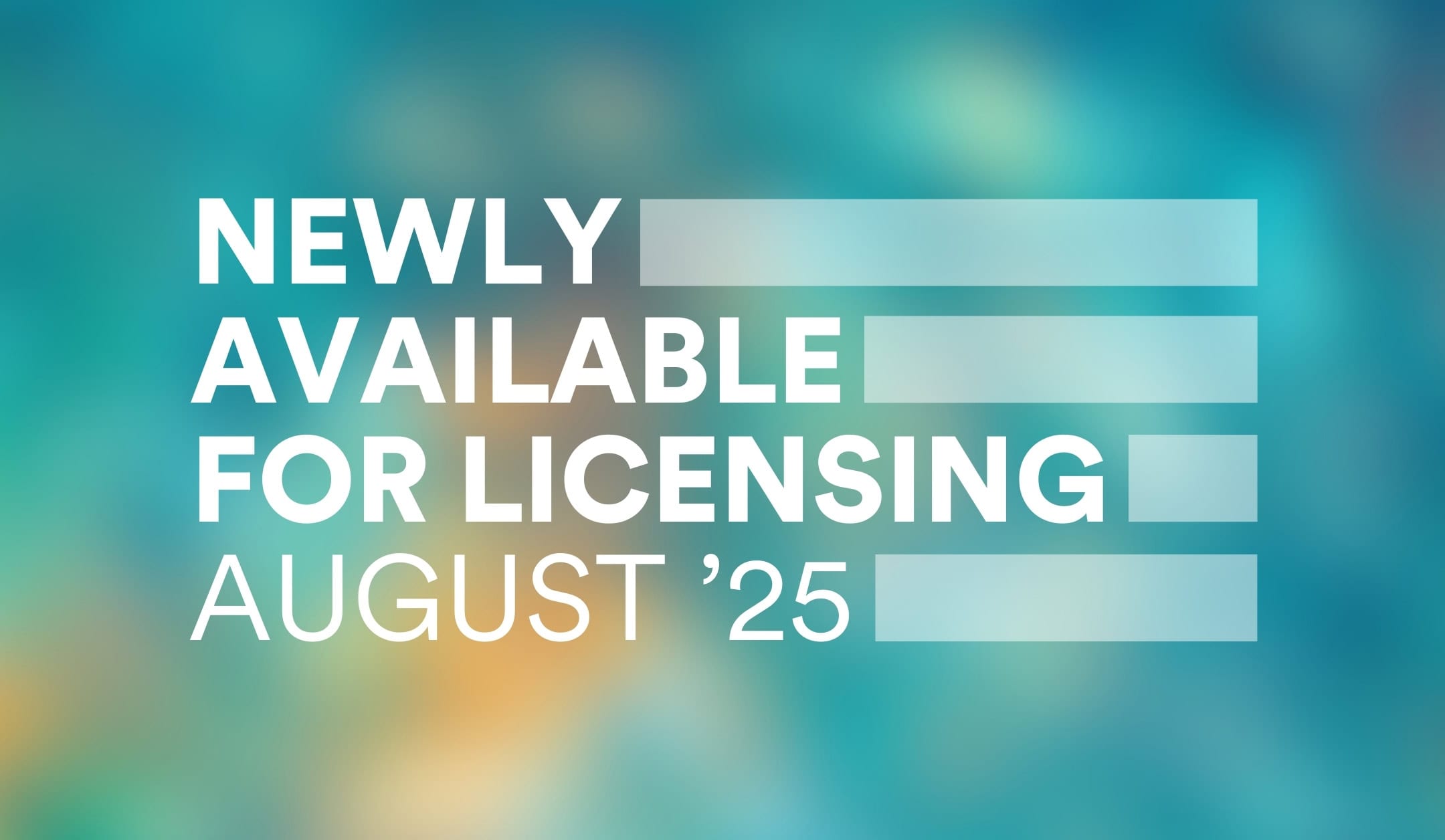
Located in San Jose, California, City Lights Theater Company embodies both the innovation of Silicon Valley and the diversity of the Bay Area. In Spring 2019, the company presented a twist on Sarah Ruhl’s play Eurydice: a bilingual English/American Sign Language production with each role double-cast. Rather than having ASL interpreters off to the side, Eurydice placed speaking and signing actors on stage together as equals in the simultaneous storytelling. The show was the brainchild of City Lights Executive Artistic Director, Lisa Mallette, who also directed the production. I spoke with Lisa about the production.
…
How did you come up with the idea to incorporate American Sign Language into a City Lights production?
Originally, I was thinking about the barriers for people to go see live theater, all of the barriers. We often jump straight to the economic barriers. But I started to think about who feels welcome and included and who doesn’t, coupled with the fact that American Sign Language is a beautiful language and innately theatrical. Also, when I’m seeing a play that’s interpreted, I’m drawn to the interpreter. But I also felt that it wasn’t setting up the entire audience for the fullest engagement possible because the interpreter was always off to the side.
Why did you choose Eurydice?
The biggest challenge was finding the right play. I needed something without a lot of hand props. Also, at City Lights we often choose programming that gives a voice to people whose stories aren’t regularly told. I didn’t want the sign language to be a comment on a marginalized character, complicating the story.
Many shows I was considering had casts that were too large, making them difficult to cast with this concept — and possibly too much to take in on stage. Most importantly, I had to love the play. Sarah’s play fit perfectly. It’s already beautiful, visual, poetic, about communication or about people who care about each other not being able to communicate.
How did Sarah Ruhl, the playwright, respond?
I flew to New York and met with her. I’m so grateful she gave me that time. She was open to listening to my ideas, and mostly why I wanted to do it: how many people we could reach who might never have been able to truly appreciate her beautiful play. She was lovely and gracious.
Your artistic team was enthusiastic right away. How did City Lights’ board respond?
Risk-taking is imperative in theater. They have a lot of trust in me, so I’m lucky, because I wasn’t sure exactly how I was going to do it. I needed to get them behind me about the why. And they had to trust me as a director to create a production that would deliver that vision.
Because it sounded crazy. I don’t speak the language; we didn’t have a big demand from the Deaf community for our shows to be interpreted; we hadn’t identified any actors who were fluent, or Deaf actors. The whole project sounded somewhat nuts. But it was coming from such a sincere place. I really think that’s what carried us through.
How did you weave ASL into this production?
The real work was making sure that the storytelling would be clear to both hearing and Deaf audiences through the direction and staging. That was the lens. Is it clear for everyone? Is everyone able to get all of the imagery, all of the relationships, all of the characters’ challenges and joys?
What came out of rehearsal that I had not thought all the way through was the relationship between the double casting. Not only did different characters have relationships, but the two sides of one character did as well. We had to make sure that each Eurydice and Orpheus acknowledged each other. I often staged the piece so that the English-speaking Father, for example, would actually be communicating to the sign-language Eurydice and vice versa. The Eurydices were like sisters.
Who were your actors?
We were 100 percent open to and hoping for Deaf actors to audition for the play, and that ended up not happening. In retrospect, I was so in over my head as it was, not speaking the language myself, that I think it was best for my first time with a concept like this. We did have a sign master, JAC Cook, who was instrumental in making sure we were not leaving any portion of the play that wouldn’t be understood by someone who couldn’t hear it.
Three of your cast members, while hearing, are ASL interpreters: Spencer Stevenson, Stephanie Foisy and Dane Lentz. How did they serve as resources?
We had many conversations about which sign for each word was the truest to the meaning of the moment. They acted as not only cast members but also ASL dramaturgs. It was such a collaborative experience. That’s how I roll anyway. It was all of us going towards a common vision together and leaving no detail behind.
Resident sound designer and composer George Psarras faced a particular challenge. How did you, George and the rest of the team make the soundscape more accessible?
Sarah has these gorgeous stage directions around the sound, and the sound design that really puts you in the environment. If you couldn’t hear it, how would you be able to truly feel like you were in the underworld? So we signed the directions. We had people signing water dripping, rushing through pipes, doors slamming: as much of the soundscape as possible. That became a beautiful way to tie the scenes together as well, so it made it very fluid.
For our sound we used our subwoofers that are under the seats. So in very dramatic moments the floor actually vibrated.
One of my favorite moments in the whole play, and sign master JAC Cook was the one who helped us get to the place we wanted, is a very emotional and heightened moment, when Orpheus is standing at the gates of Hell singing to Eurydice. It’s the peak of the piece. George composed original music and it was gorgeous. We recorded a live cellist. We had someone doing the sign for “singing” while Orpheus was singing, and the lights moved with the feel of the music. But it was JAC’s idea to add another interpreter in that sequence who was signing how Orpheus was feeling.
So it wasn’t just “there’s music playing.” Another actor was actually signing the anguish and the longing and the desperation that Orpheus felt from being separated from his love. That moment was so powerful because of all the pieces working together. It was kind of overwhelming to witness.
In what other ways did a bilingual production affect your production team and staff?
We had to make sure the entire organization, everything around the production, was prepared for Deaf audiences. We had interpreters in the lobby, our curtain speech was signed, and the fluent cast members acted as interpreters at the post-show parties. That was really nice.
Because we were using sign language, I believe it empowered the other designers to take risks and be as rich and full as possible. I told them, “You’re used to designing color and tone to connect with the mood of the piece, but do that 50 percent more.” The set by Ron Gasparinetti was lush and gorgeous, had running wa
ter, and a real river, We thought, “How do you up the ante on the other senses?” We even talked about piping in some kind of scent, but decided not to go there.
City Lights hosts a party on stage after every performance, in addition to the usual talkback. What were some of your favorite audience responses to Eurydice?
We’re grateful that many of our patrons have a deep loyalty to the organization. Even if they’re not sure what to expect, they trust us and want to see what kind of a ride we’re going to take them on. This concept of storytelling is very hard to articulate, but they absolutely loved it.
They especially loved having the two Fathers and the two Orpheuses and the two Eurydices! Parts of the personality were stronger than in the other, and they help guide each other and support one another. It added a whole other level of relationships without changing Sarah Ruhl’s story. We didn’t change one word. Not one word.
How have you kept building bridges with the Deaf and ASL communities?
Since we developed these relationships, we’ve started having at least one “old-fashioned” interpreted show for each production (often with Eurydice actor Stephanie Foisy). I say old-fashioned because it’s off to the side and not fully integrated into the storytelling, but I’d like to do this again someday.
I loved Eurydice so much. My wish is that this concept would be made available for other organizations to license, to open it up past our organization and beyond San Jose.
…
To purchase your copy of Eurydice, click here. For performance rights, click here.
(photo: Taylor Sanders)

K-12 Theatre: Consider These Plays & Musicals, 2025-26

Shows for Book Lovers

